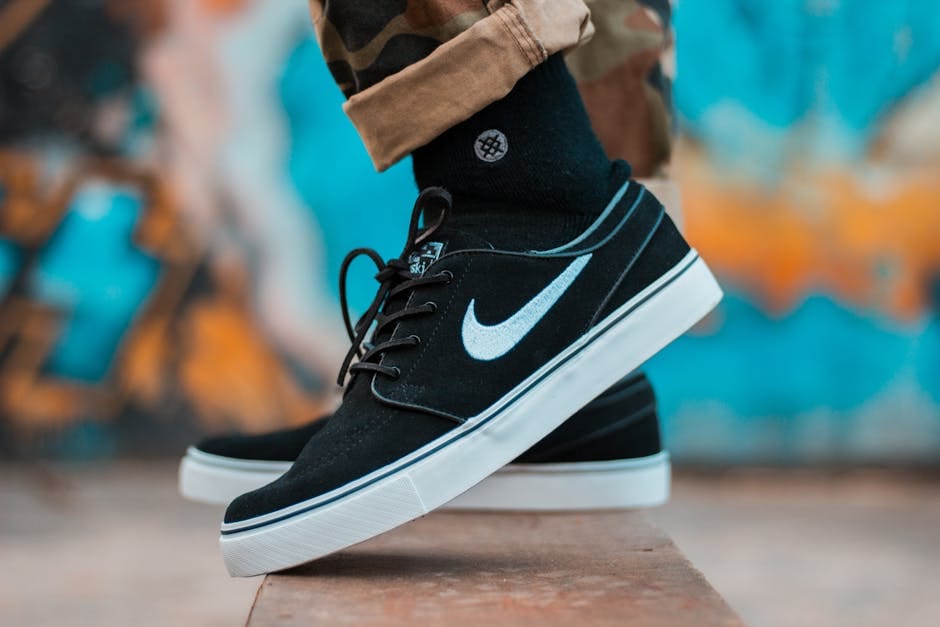Tight hip flexors are a common problem for many people, especially those who spend a lot of time sitting. This can lead to a variety of issues, including lower back pain, hip pain, and even difficulty walking. Understanding the causes and symptoms of tight hip flexors is the first step towards finding relief and improving your overall mobility.
One of the primary culprits behind tight hip flexors is our sedentary lifestyle. Prolonged sitting shortens the muscles in the front of the hip, causing them to become tight and restricting movement. This can also lead to weakness in the opposing muscles, such as the glutes, further exacerbating the problem. Other contributing factors include poor posture, overuse through repetitive activities, and even stress, which can cause muscle tension throughout the body.
Recognizing the symptoms of tight hip flexors can help you address the issue early on. Common signs include a feeling of tightness or stiffness in the front of the hip, pain in the lower back or groin area, and difficulty standing up straight. You might also notice a decreased range of motion in the hips, making it harder to perform activities like walking, running, or climbing stairs.
Fortunately, there are several effective strategies for unlocking your hip flexors and regaining mobility. Stretching is a crucial component of any hip flexor routine. Simple stretches like kneeling hip flexor stretches, pigeon pose, and lunges can help lengthen the muscles and improve flexibility. Remember to hold each stretch for at least 30 seconds and breathe deeply to maximize the benefits.
Strengthening exercises are equally important for addressing tight hip flexors. Focus on exercises that target the glutes, hamstrings, and core muscles, which help stabilize the hips and support proper movement. Examples include squats, bridges, and planks. By strengthening these supporting muscles, you can create a more balanced and stable foundation for your body.
In addition to stretching and strengthening, incorporating regular movement and activity into your daily routine is essential. Try to avoid prolonged periods of sitting, and take breaks to stand up, walk around, and stretch your hips. Even small changes, like taking the stairs instead of the elevator, can make a big difference over time.
If you experience persistent hip flexor pain or tightness, it’s always a good idea to consult with a healthcare professional. They can assess your individual condition, identify any underlying issues, and recommend a personalized treatment plan. This may include physical therapy, massage, or other targeted interventions.
By understanding the causes, symptoms, and solutions for tight hip flexors, you can take proactive steps to improve your hip mobility, reduce pain, and enhance your overall well-being. Unlocking your hip flexors is a journey towards a more active, comfortable, and fulfilling life.
